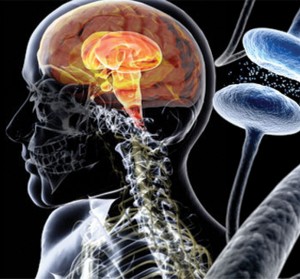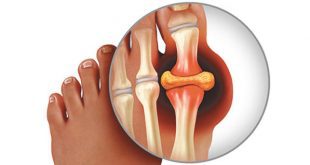By Ramon A. Gil, M.D –


Balance problems and falls are part of PD, but are seen after several years of progression, not at the beginning. As a rule, one should not accept falls as “due to PD,” when they occurred within the first two years of the onset of motor symptoms (tremor, rigidity, slowness of movements…). This is important to keep in mind, since there are imitators of PD that typically present with falls, among those, Progressive Supranuclear Palsy (PSP). Making the correct diagnosis from the beginning is most important, not only to provide adequate treatment, but to minimize the risk of injuries and unnecessary exposure to drugs that not only won’t help, but that will often cause potentially serious side effects.
2. Dementia and Psychosis within the first two years of “PD” indicates Lewy Body Disease (LBD), not PD.
It is estimated that 30 to 40% of all patients with PD will develop progressive cognitive impairment and eventually dementia. This problem, however, should not be seen in the first few years of the disease course. Whenever a patient becomes confused or is experiencing hallucinations (most commonly visual), particularly within the first two years of diagnosis and treatment, other conditions should be entertained. LBD is the typical imitator of PD that presents in this fashion. However, be aware that medications used to treat PD, in particular Dopamine Agonists (DA’s) such as Pramipexole (Mirapex) or Ropinirole (Requip), are often associated with these type of side effects, particularly in the older PD patients (70 and older).
3. If you see no changes in your condition after taking your PD medications, you may not have PD!
This may sound like a “common sense” statement, but keeping in mind that “common sense” is rarely used, it is not surprising to see a number of patients coming to us with the concern that “their medications don’t seem to help,” and some even insist that they make them feel worse. Knowing that dopamine deficiency is responsible for a lot of the symptoms and signs of PD, our symptomatic treatment has been centered for many years on dopaminergic drugs: levodopa (LD) and DA’s being the most effective agents available. These medications consistently and effectively improve the symptoms of PD, especially the motor (tremor, rigidity, bradykinesia and to a lesser degree gait problems). Trained physicians are able to quantify the parkinsonism and objectively can measure the response to medications using the Unified Parkinson’s Disease Rating Scale (UPDRS). A 30% improvement in the part III of the UPDRS is, in general, the accepted minimal improvement expected from LD or DA’s in patients with PD.
4. Deep Brain Stimulation (DBS) should not be considered as “a last resource” for the treatment of PD.
DBS is a revolutionary and most effective way to treat some of the problems associated with PD, particularly “drug refractory tremor” and “motor fluctuations and dyskinesias.” This surgical procedure has has been FDA approved and available in this country for more than 10 years. Unfortunately, many patients are still under the impression that “this is only to be used when nothing else works.” That is not correct. Several studies have been conducted in this country and Europe, demonstrating significant improvement in quality of life, as well as much better motor control, in patients with moderate disease, or with the surgical treatment performed “earlier.” The appropriate way to think about DBS today should be as a way to “optimize” the control of the disease, not just to “treat the complications of advance disease.”
The operation carries some risks, but the benefits are much greater. Keep in mind that not all patients are candidates for DBS, and that it is critical to have optimal drug therapy before and after the surgery. As a matter of fact, the management of the drugs after the surgery and the adjustment of the DBS(s) have to be in the hands of a qualified neurologist trained in this field.
5. Don’t wait for balance problems and falls to start exercising.
The most effective way to delay and minimize the gait disturbance and balance problems in PD is to exercise and improve the patient’s physical fitness from day one, not when the disease is considered Stage IV (patient needs assistance to walk). Falls are associated with tremendous increase in morbidity and mortality. The benefits of exercising and staying as physically fit as possible have been demonstrated in many scientific studies involving animal and human models. This is without saying the additional benefits for conditions such as Diabetes, Hypertension, Heart Disease, etc. Remember: 150 minutes a week of moderate exercise will make a huge difference in your quality of life, and it has no side effects.
For more information, please contact Dr. Ramon Gil to learn more about useful tips in the management of Parkinson’s Disease, 941-743-4987.
Ramon A. Gil, M.D. Medical Director Parkinson’s Disease Treatment Center of SW Florida Call 941.743.4987
 Southwest Florida's Health and Wellness Magazine Health and Wellness Articles
Southwest Florida's Health and Wellness Magazine Health and Wellness Articles

